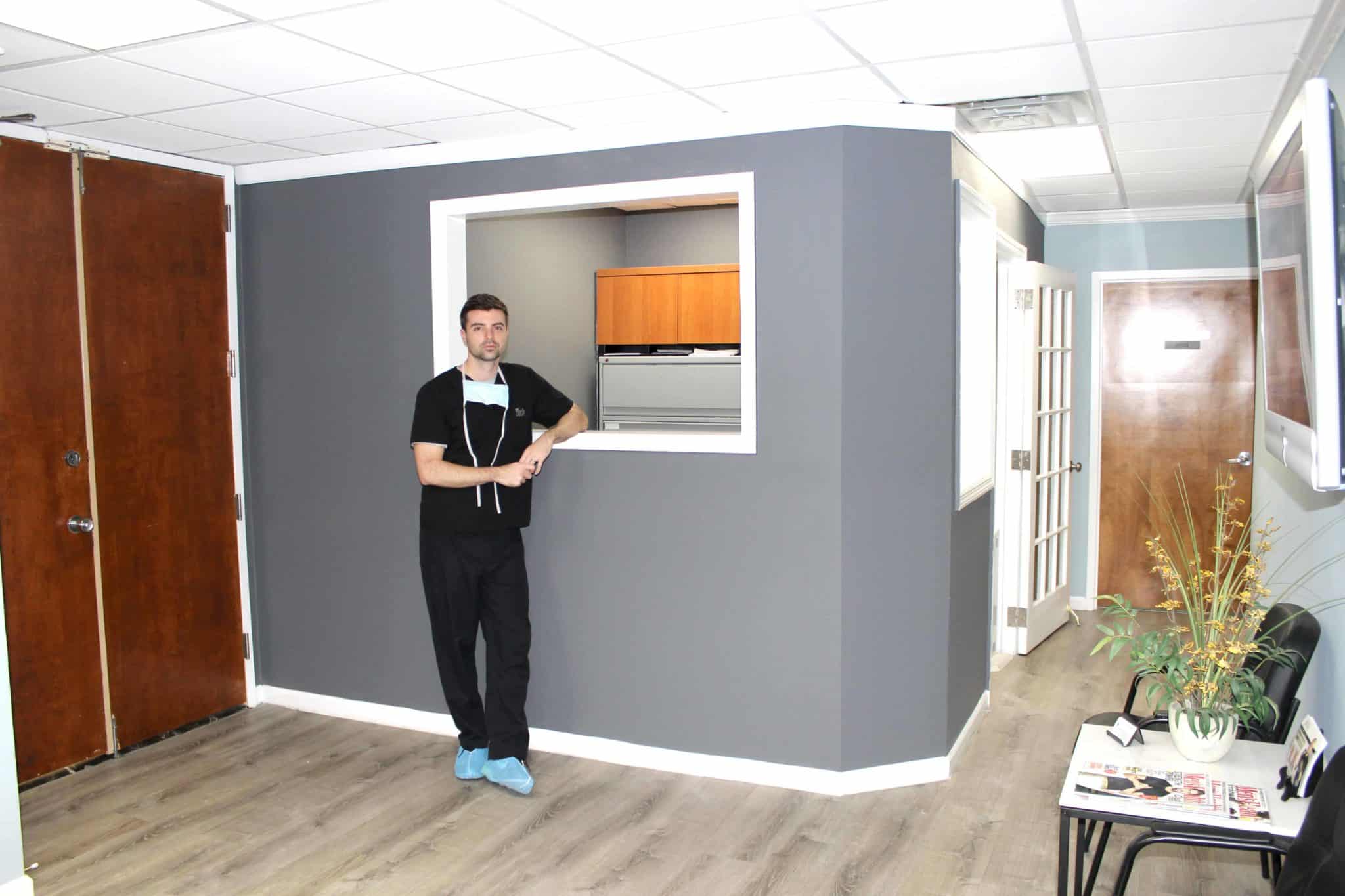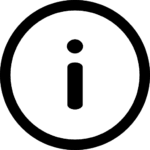Male Hair Loss
Causes
Most hair loss in men was genetically predetermined at the time of conception. So for those of you who think you had anything significant to do with your own hair loss take heart. It most likely isn’t your fault. This includes those of you who believe the following myths are responsible for your hair loss:

- Frequent hat wearing
- Frequent sweating
- Frequent showering
- Cheap shampoos
- Frequent brushing/combing
- Daily (normal) stress at home or on the job
- Don’t take vitamins or supplements
- Poor dietary habits
- Poor hygiene
- Too much sun
- Not enough sun
Here are some very real reasons for your hair loss:
- Genetic-(click to read more)
- Trauma to scalp (click to read more)
- Significant body trauma (click to read more)
- Intense psychological stress (click to read more)
Genetics- Also called “Androgenic Alopecia” or “Male Pattern Baldness-MPB”. Take your pick. It’s the number one reason for hair loss in men around the world.
It doesn’t matter if both parents and all grandparents had full heads of hair. Nature likes variety and mixes up the genetic pool with each generation. So each newborn may fall randomly anywhere on the scale of hair loss. There is SOME genetic influence based on family history, but it is by no means completely reliable. The simple proof of this is that we all know someone who has an amazing head of hair whose brother is completely bald. They have the same parents and grandparents yet have completely different genetics for hair. That’s just how it is and it’s nobody’s “fault”-although blame often gets unjustifiably directed toward the mothers side of the family.
(Click for more details about genetic hair loss.)
Types of Male Hair Loss

Thanks to Norwood,
doctors now know with extremely high confidence where to strategically place hair transplants that anticipates future loss. Since all men have a limited donor supply Norwood’s observed patterns are invaluable for planning and executing the most efficient hair restoration surgery.
But you don’t need to be a doctor to appreciate the various patterns. Simply look at the diagrams and see which one matches your hair loss best. Then look at the next pattern type in the chart. If you are in your twenties or thirties, that is most likely the next step in the evolution of your hair loss. If you are in your fifties or sixties it’s the same thing, but may be far slower.
(Click for more details about the Norwood scale and your hair loss)
Diagnosis
Diagnosing hair loss is easy, just about anybody can do it accurately. Predicting the rate of hair loss moving forward, however, is a bit more complicated and requires an expert. Put another way, your friends can tell you you’re losing your hair, but you will need a doctor to tell you with any accuracy how fast that hair loss is occurring and what is the first best step to dealing with it.
Generally speaking the diagnosis is made by seeing if the pattern of hair loss conforms, even loosely, to the Norwood Classification chart. If it does, chances are it’s Male Pattern Baldness (MPB). Another criteria is the caliber of the hair. If the hairs themselves, not just the overall look, are beginning to thin then you are likely dealing with MPB.
Comb Test (You can do this at home)- One way to establish that your hair loss has reached the point where you might want to do something about it is simply to take a comb and slide it into the hair. If there is no way to make it stay in the hair without falling out from gravity, then it is likely time to see a hair restoration surgeon.
Biopsy- If you want a more solid diagnosis you may visit your hair doctor or dermatologist to have a biopsy of the scalp performed. This is largely unnecessary to diagnose MPB, but it is useful if the doctor also suspects some other factor may be in play-such as auto immune disorders (which sounds scarier than it really is when related to hair loss).
Treatment
There are several treatments for hair loss being offered by physicians to date:
- Hair Transplant
- Finasteride
- Dutasteride
- Minoxidil
- Platelet Rich Plasma injection
- Steroid injection
- Low Light Laser Therapy
- Expensive Shampoos
- Vitamins
Of this list only hair transplantation and Finasteride have any real clinical value. While the others might occasionally, if ever, offer the patient some sort of benefit they usually come with such downsides that any gain is markedly offset.
(Click here to learn more about these treatments-Make a page that discusses each option)
Of the two useful treatments, Hair Transplantation is by far and away the most effective for the most people. Finasteride comes in at a very distant second. In fact, by the time most patients visit Feller and Bloxham for consultation they have already tried and discarded the Finasteride option.






